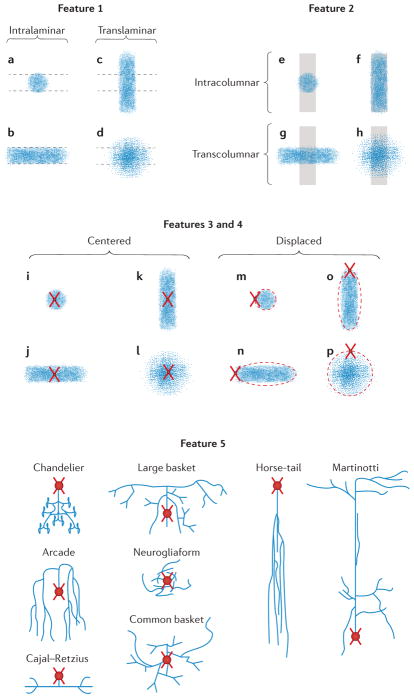Figure 2. Schematics of the morphological features.
For each feature, the experts had to select the category that best described the neuron on display. For feature 1, the categories were intralaminar (a,b) versus translaminar (c,d). For feature 2, they were intracolumnar (e,f) versus transcolumnar (g,h). For feature 3, the categories were centered (i–l) versus displaced (m–p). For feature 4, they were ascending, descending or both. (This feature applied only when neurons were translaminar and displaced; o,p.) For feature 5 (interneuron types), the categories were arcade, common basket, large basket, Cajal–Retzius, chandelier, horse-tail, Martinotti, neurogliaform, common type (not shown) or other (not shown). When an insufficient number of morphological axonal features are visualized for a given interneuron the cell is considered anatomically uncharacterized (feature 6; not shown). Dashed horizontal lines indicate the extent of the cortical layer. Vertical grey shadows indicate the extent of the cortical column. Axonal arborization is represented by blue dots. Soma and dendritic arborization are represented as red circles and crosses, respectively. Possible variations on the relative position of the somata with respect to the axonal arborization of displaced neurons are represented by red dashed ovals.

